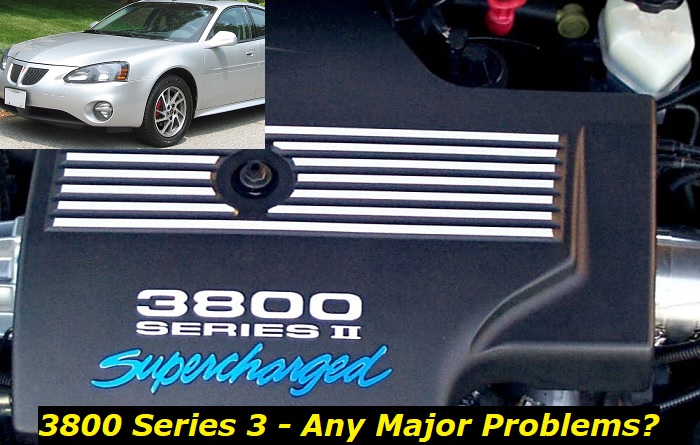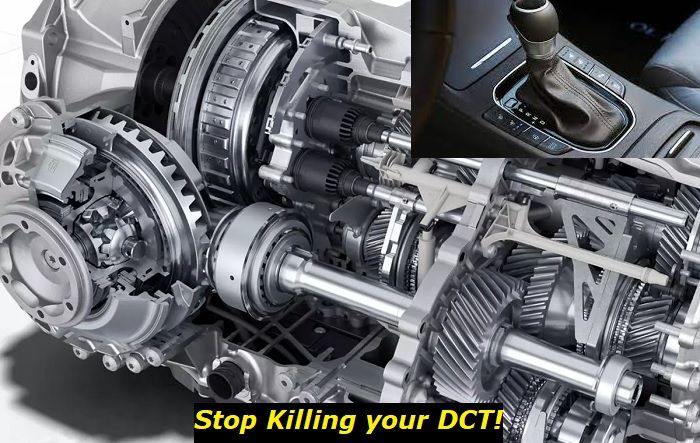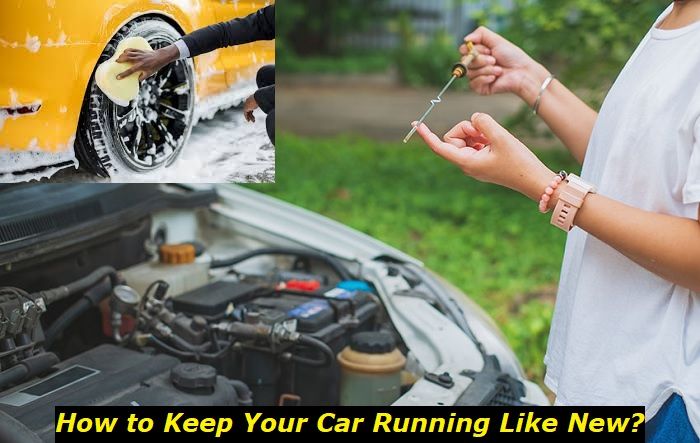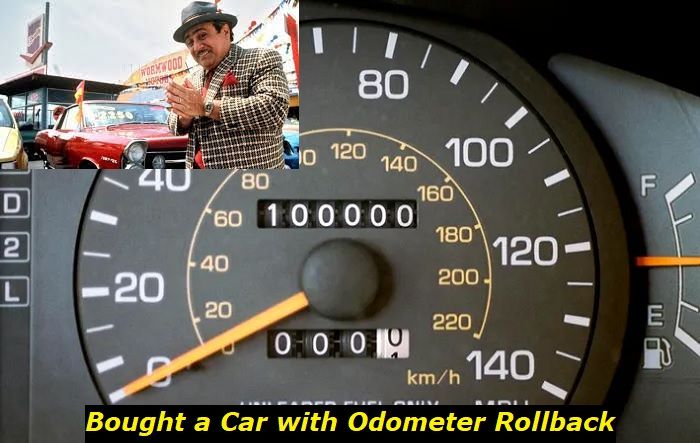The Buick V6, more popularly known as 3800, is one of the most beloved engines during its almost half-a-century production run. In fact, it even landed in Wards Auto's 10 Best Engines of the 20th Century and the 10 Best Engines Award for three consecutive years from 1995 to 1997. It came as an answer to the strong challenges posed by Japanese and German engines on its home turf during its time.
The Series III carried the line of the famed range from 2004 to 2008. It served as the last hoorah of the 3800 which equally received widespread acclaim from owners and automotive publications alike. Despite its amazing performance, it had its own share of flaws over the years, and that's what we are going to investigate here.

Key facts and my opinion about the engine
- Production years: 2004-2009
- Average lifespan of 3800 Series III: 200,000-240,000 miles
- Fuel supply type: port injection
- Fuel efficiency: average
- Engine block material: cast iron
- Engine reliability score: medium
- The most common problems: cooling problems, sudden misfires, fuel leaks, oil leaks.
Common Problems in the 3800 Series 3 Engine
This article probes the common problems in the 3800 Series 3 engine based on consumer complaints from its production period up to the present and official recalls from General Motors. The things covered here include:
- Oil Leaks
- Overheating
- Fuel Leak
- Intermittent Misfire
- Engine Not Starting
Oil Leaks
In 2009, GM sent a notice of recall to owners of the vehicles equipped with the 3800 engine through registered mail. The recall affected over 1.4 million vehicles sold to customers, including Buicks, Chevrolets, Pontiacs, and Oldsmobiles.
The problem had something to do with oil leaks that may pose a potential fire hazard. The announcement seemingly came a bit late because there were already around 250 prior reports of fires allegedly stemming from such leaks.
According to investigations following the incidents, the oil likely made its way over the hot exhaust manifold parts. The fires most probably started there until they have spread over the spark plug wirings, engine cover, and upper intake manifolds where things could easily get out of control.
Only the 1997 to 2003 models of the 3800 engine were subject to recall but many owners complained about the problem occurring in the Series 3 generation. There were no succeeding recalls regarding that matter though.
This is a serious problem that requires the skill set of a professional mechanic. If you're up for the challenge, however, there are ways to address the issue.
Your initial course of action should be to check the oil level in your reservoir. If it's low or it's quickly draining just after you topped it with a fresh batch, that's a strong indication that the leak is there. We highly recommend checking the oil level when the engine is cold for the most accurate reading. You'll have to put a new sealant to where the oil streaks are located on its exterior but you'll have to replace the whole reservoir if it's already worn.
If the leak is coming from the front crankshaft seal, it's fairly easy to replace the part by yourself. Just remove the old seal and install a new one in its place. Make sure to use a sealant on top of the new seal to ensure a tight fit.
Another common place for leaks on these engines is the rear main seal. This can be a bit trickier to replace, but it's still possible to do it yourself. You'll need to remove the transmission to access the rear main seal. Once you have access, simply remove the old seal and mount a new one in its place. Again, use a sealant over the new seal for a good measure.
Overheating
Overheating can cause complete failure or fire not only on the engine, but also to the other parts of your vehicle so this is something that you should remedy right away before it puts a dent in your budget, or worse, cause accidents. If your Buick V6 engine is overheating, there are several ways you can diagnose and fix the problem yourself.
First, check the coolant level in the radiator. If it is low, add more coolant and test drive the vehicle to see if the overheating persists. Pay special attention if the coolant appears to drain quickly, too, as it may be a sign that there's a leak there and it may already need a new reservoir.
If the coolant level is fine, then check the radiator cap to ensure that it is sealing properly. If it is not, replace it with a new one.
Next, check the thermostat to see if it is stuck open or closed. If it is stuck open, replace it with a new one. If it is stuck closed, try removing it and testing the engine again.
Finally, if all else fails, you may need to replace the radiator itself. This is a more involved process, so it is best to take your vehicle to a mechanic if you are not comfortable doing it yourself.
Fuel Leak
A fuel leak can manifest in a number of ways. The most obvious is the significant increase in the fuel consumption of your vehicle. It may also emit a pungent smell of gasoline whenever you are near your vehicle or the engine bay. Other signs are streaks of gasoline in parts where they don't belong. If you suspect a fuel leak in your 3800 engine, there are a few ways you can diagnose and subsequently fix the issue.
Check the fuel lines for any cracks or leaks. Next, check the fuel injectors and fuel pump for any damage. After that, check the engine oil level and look for any leaks in that area. If you find any of these issues, you will need to repair or replace the parts as soon as possible to prevent further damage to your engine.
Intermittent Misfire
When the combustion process doesn't go smoothly in your 3800 engine, it may result in its cylinders remaining unfired. Thus, your vehicle may feel sluggish during acceleration or it may struggle in the middle of idling. Apart from the inconvenience that it will bring you, a misfire can put an unnecessary mechanical strain on your engine, which can cause a plethora of other problems later on.
If your 3800 engine is experiencing intermittent misfires, there are a few things you can do to diagnose and repair the issue by yourself. The first that you should do is to check the spark plugs and wires. If they are old or damaged, they may be causing the misfires. Replacing them should solve the problem.
If the spark plugs and wires are still good in quality, the next step is to check the fuel injectors. If they are clogged or dirty, they could be causing the misfires. Cleaning or replacing them should fix everything.
Engine Not Starting
There are a few things you can do to diagnose the primary cause of your engine failure when starting, but the first you should do is to ensure that your battery still has enough juice left. If your vehicle is not energized, there's just no way to proceed from here.
Examine if your battery is still of good quality via a multimeter. If the voltage reading is less than 12.6v, then you might only have a bad battery and the engine is not the problem here.
If the battery is working well, proceed by inspecting the starter. If the starter is faulty, you'll need to replace it. Finally, check the fuel system. If there's no fuel getting to the engine, you'll need to replenish the tank or fix the fuel system.
Maintenance Tips for the 3800 Series 3 Engine
The 3800 Series 3 engine is expected to last over 200,000 miles via proper maintenance coupled with quick action as soon as problems start showing up.
Here are some quick tips to keep your engine in running order:
- Keep an eye on your coolant levels and make sure to top off as needed.
- Check your oil levels regularly and change your oil every 3,000 miles or as recommended by your owner's manual.
- Be mindful of any strange noises coming from your engine or sudden changes in the performance of your auto. Have them checked out by a professional as soon as possible.
- Keep an eye on your belts and hoses and have them replaced as needed.
- Make sure your radiator is clean and free of any debris.
- Flush your coolant system every 50,000 miles.
- Have your power steering fluid checked regularly and replenish as needed.
- Inspect your spark plugs and wires regularly and have them replaced as needed.
- Keep an eye on your fuel economy and bring your car in for service if you notice a decrease in MPG.
- Always use the recommended fluids and replacement parts for your engine.
Final Thoughts on the 3800 Series 3 Engine
The 3800 Series 3 is undoubtedly a very reliable engine that's why it remains a relevant choice for classic car engine swaps up to this day. It has a lot of power that's not far from the performance offered even by modern-day sports cars, and more output can even be squeezed out of it through the use of a supercharger and other tuning kits.
It does have its share of problems though. If you happen to encounter any of them, be sure to address them right away to get your auto running at its best in no time. However, if they persist after applying the solutions shown here, maybe they are already a part of a more complex problem that needs the expertise of professional mechanics.
If you are lucky enough to avoid these, kudos because you are doing a great job in maintaining the health of your engine. Just continue what you are doing with the preventive maintenance we have discussed here in mind.
About the authors
The CarAraC research team is composed of seasoned auto mechanics and automotive industry professionals, including individuals with advanced degrees and certifications in their field. Our team members boast prestigious credentials, reflecting their extensive knowledge and skills. These qualifications include: IMI: Institute of the Motor Industry, ASE-Certified Master Automobile Technicians; Coventry University, Graduate of MA in Automotive Journalism; Politecnico di Torino, Italy, MS Automotive Engineering; Ss. Cyril and Methodius University in Skopje, Mechanical University in Skopje; TOC Automotive College; DHA Suffa University, Department of Mechanical Engineering






Add comment